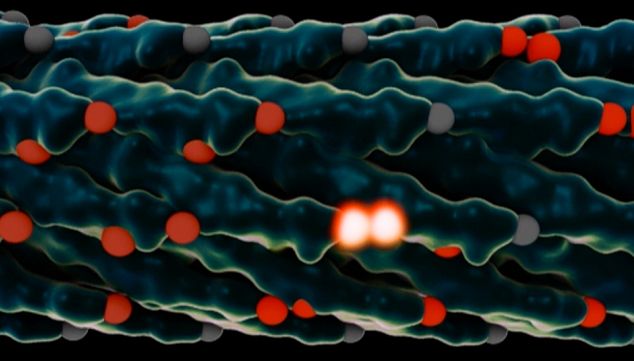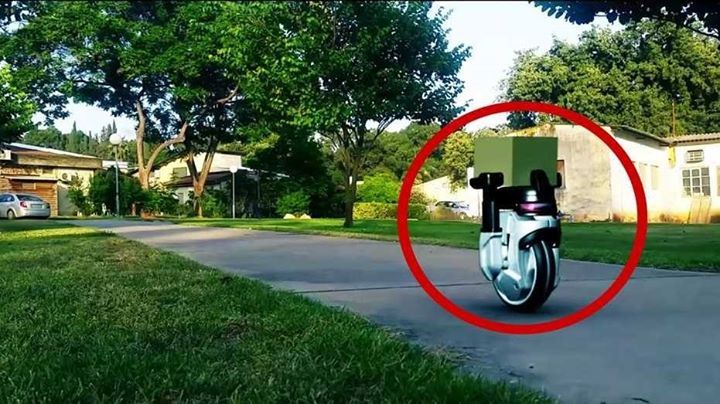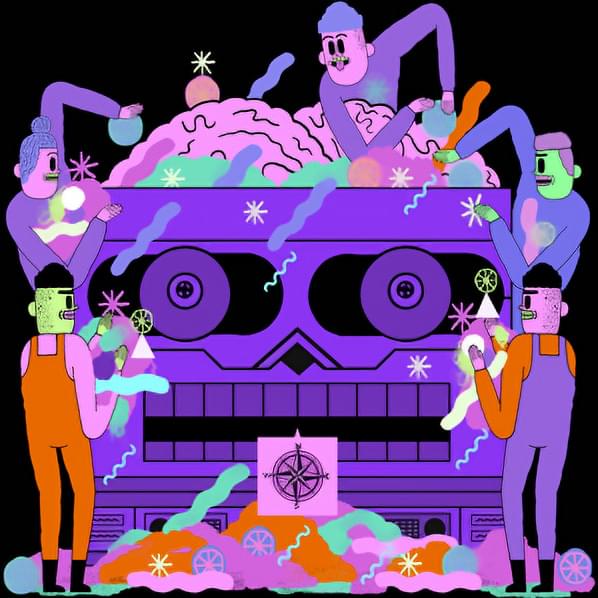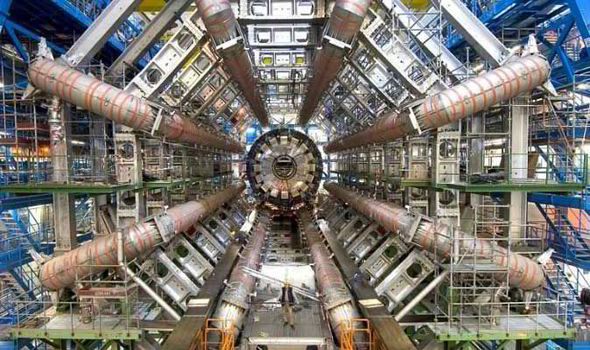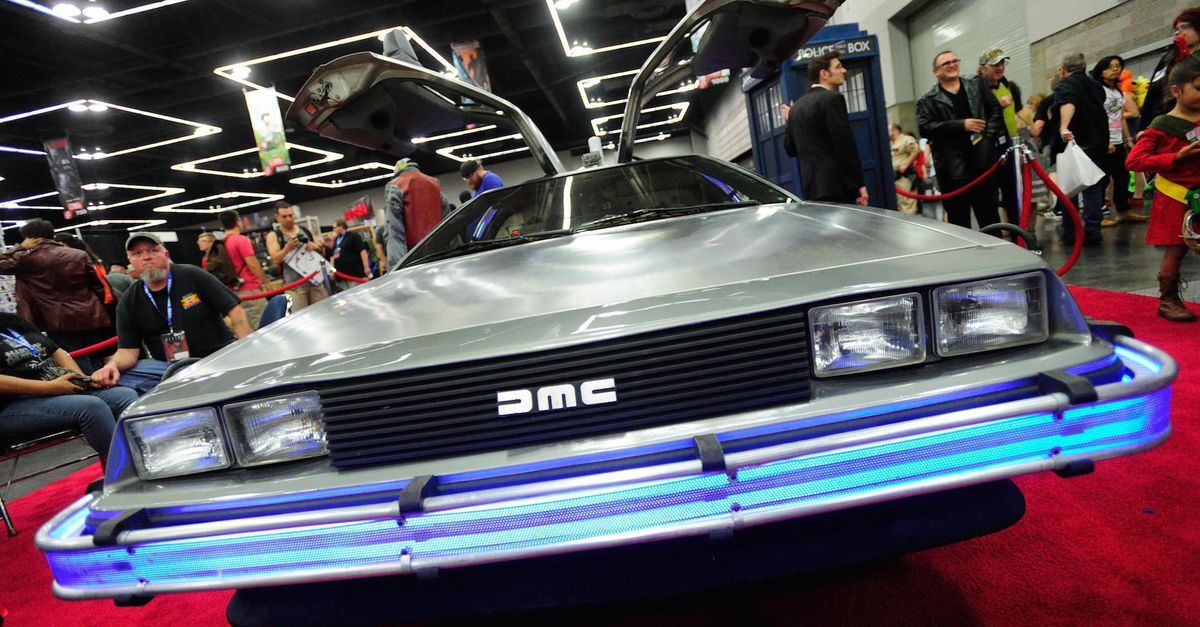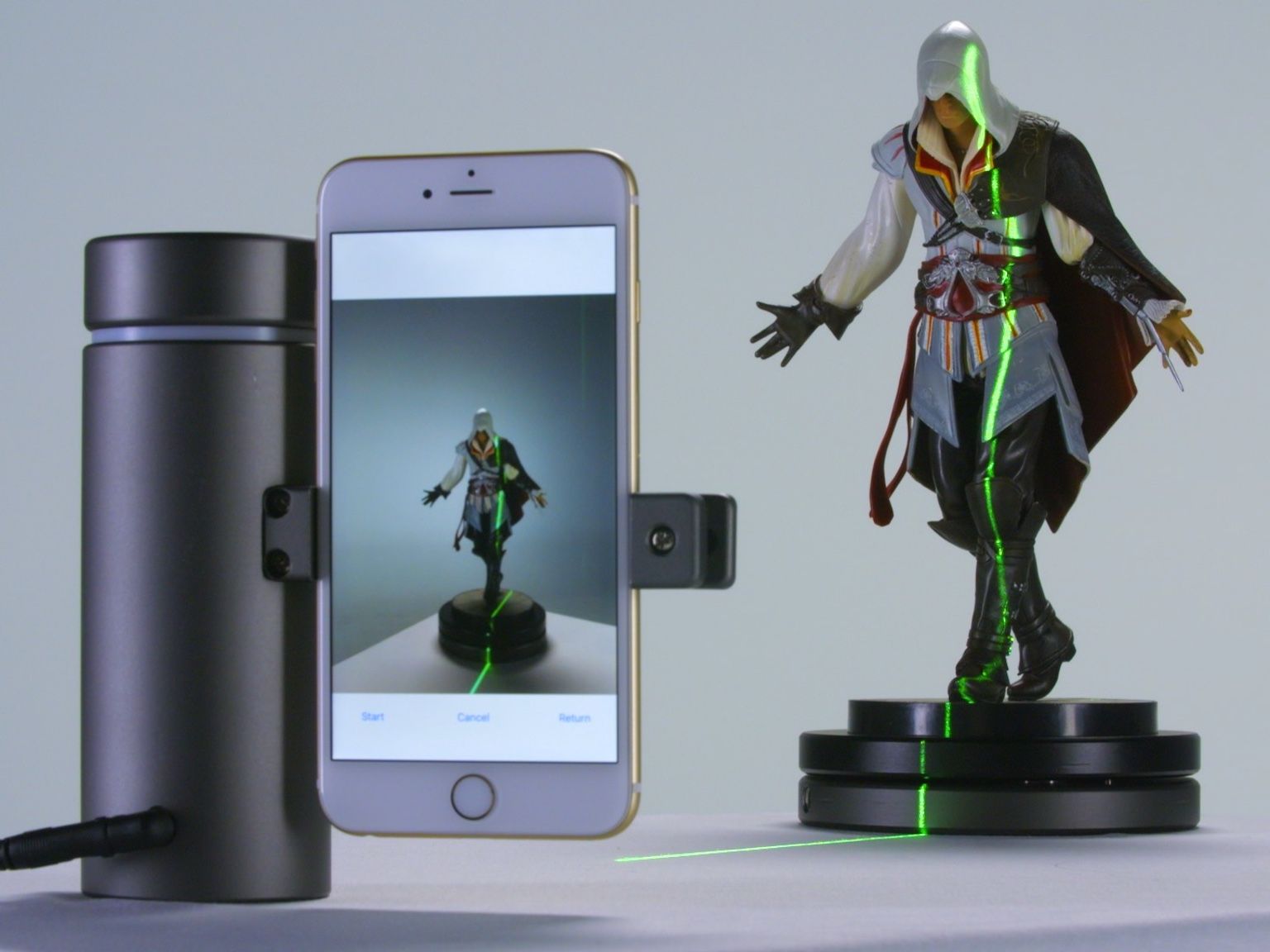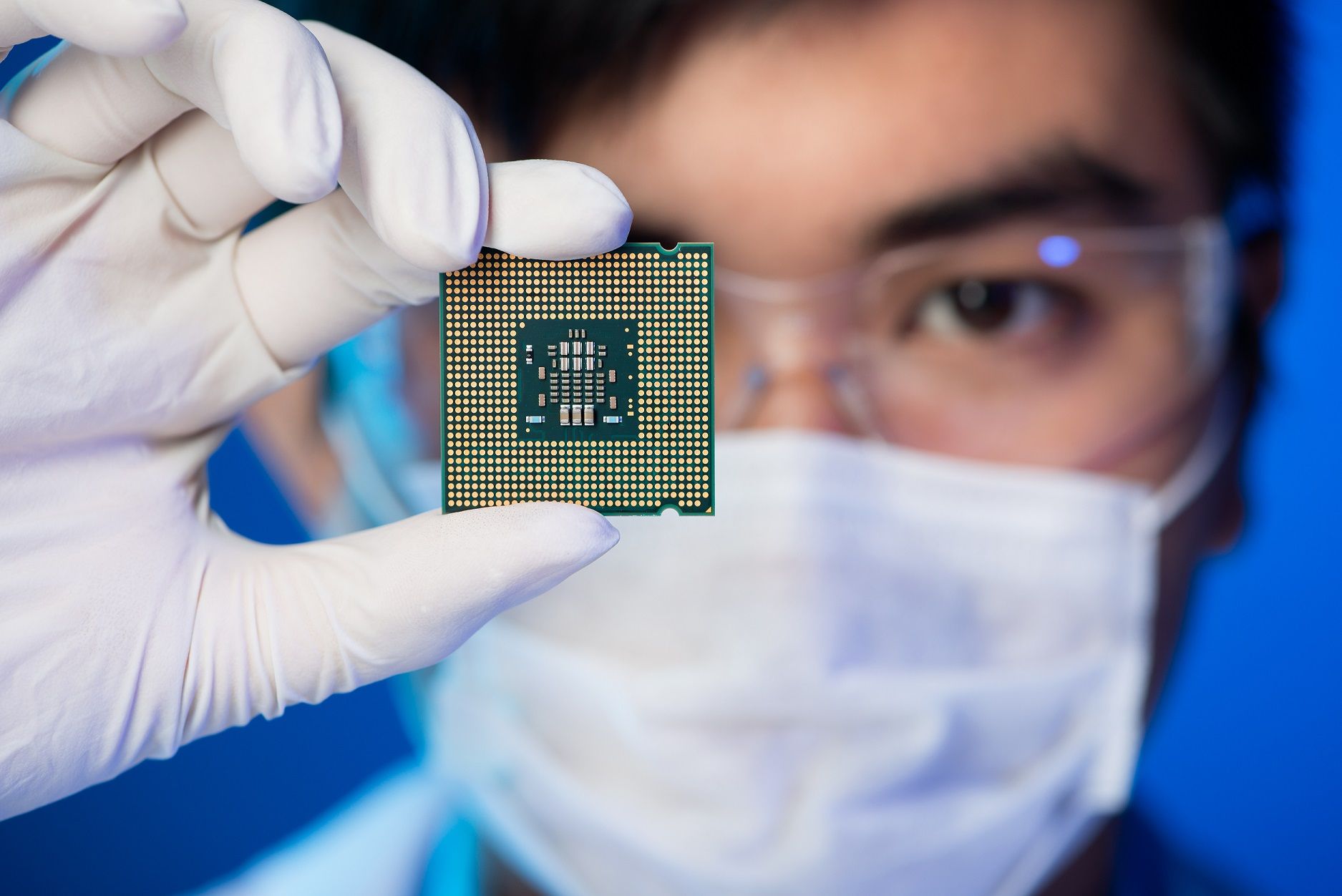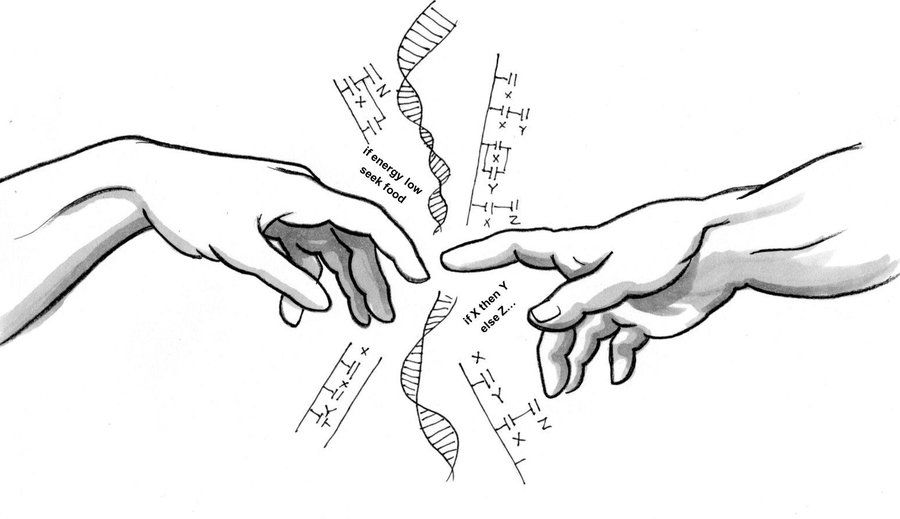
Nature invented software billions of years before we did. “The origin of life is really the origin of software,” says Gregory Chaitin. Life requires what software does (it’s foundationally algorithmic).
1. “DNA is multibillion-year-old software,” says Chaitin (inventor of mathematical metabiology). We’re surrounded by software, but couldn’t see it until we had suitable thinking tools.
2. Alan Turing described modern software in 1936, inspiring John Von Neumann to connect software to biology. Before DNA was understood, Von Neumann saw that self-reproducing automata needed software. We now know DNA stores information; it’s a biochemical version of Turning’s software tape, but more generally: All that lives must process information. Biology’s basic building blocks are processes that make decisions.
Read more

